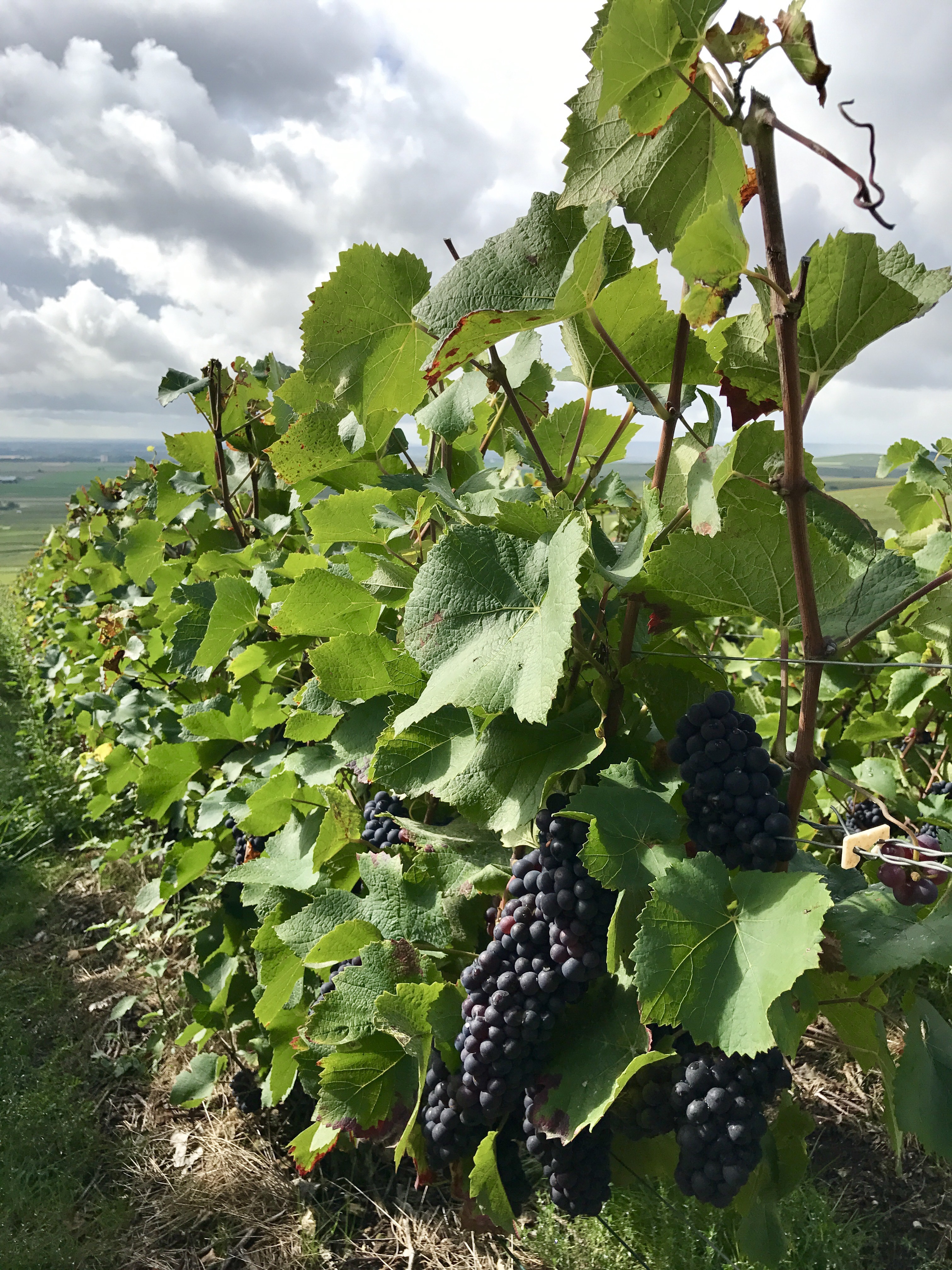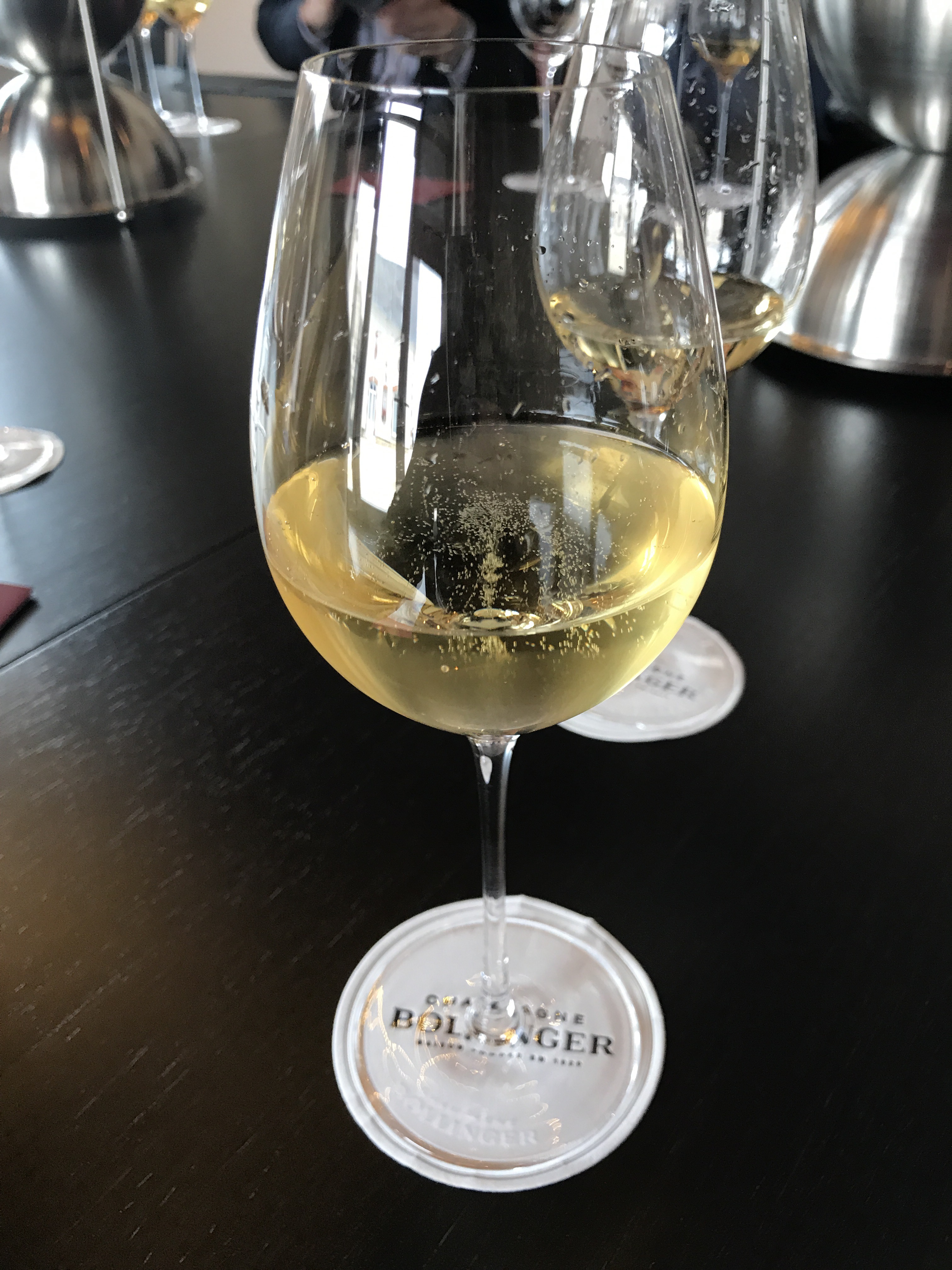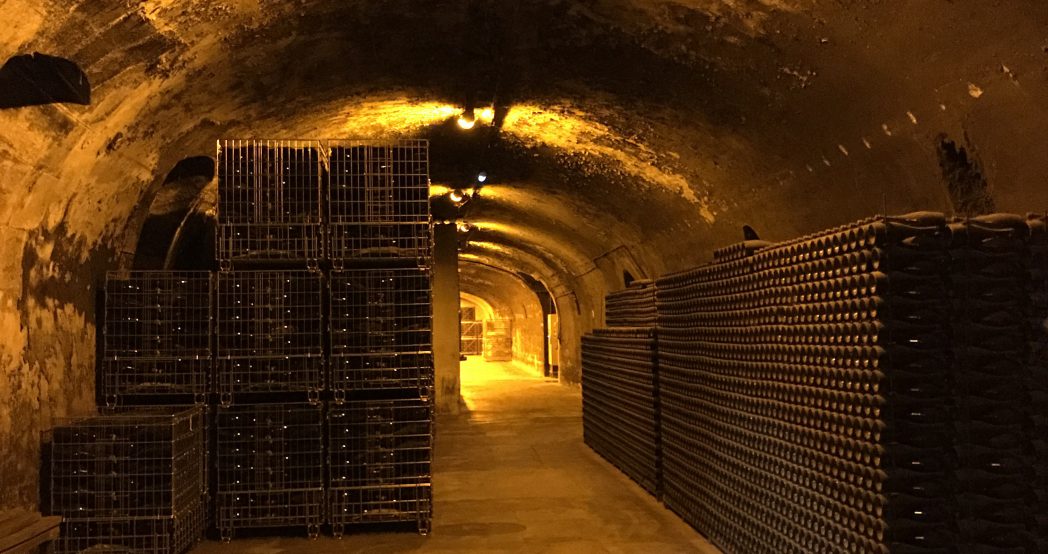I’ve always believed that spending time in industries other than your own is a great way of generating new ideas and inspiration, and our recent week in Champagne was a perfect illustration of this.

Story telling is a powerful tool in any industry, and the stories of the champagne houses and their family dynasties are a key differentiator between the brands. Our hosts this week spoke with passion and eloquence around what made their approach different to that of their competitors, and deployed analogies to great effect. A number of them used music to describe their approach to making champagne, including such gems as ‘each plot of grapes is an instrument auditioning for their role in the grand cuvee orchestra’. Krug have taken this to a whole new level with their app, where a code on the back of each bottle allows you to see the history of that bottle, the different mix of grapes that has gone into the blend and even suggests the best choice of music to play while drinking it!

The analogies didn’t stop at blending though, one of my favorites for the week came from our host at Bollinger who explained why she was serving one of their champagnes in a more bulbous glass rather than the traditional flute by telling us ‘you can’t rock and roll dance in a hallway, you need space to express yourself and so does this champagne’. Love it, and will never forget it, which is the true power of story telling.

One of my favourite things for the week was the reinforcement of the enormous influence that female leadership has had in Champagne, not just in individual houses but for the industry as a whole. In many instances this was driven by war, where women were propelled into power by the unavailability of men, or by husbands’ dying before their sons were old enough to take the reins. Whatever the means by which they came to the fore, women have been responsible for many of the innovations which have transformed the industry. Lily Bollinger, Madame Pommery, the Widow Cliquot each developed techniques that were revolutionary at the time but have since been broadly adopted.

The Champagne region also provides a great illustration of the power of collaboration. While all of the different houses compete they also collaborate in the sharing of knowledge and camaraderie. There is an overwhelming view that what is good for Champagne – both the region and the industry – is good for everyone, and we saw numerous illustrations of the benefits this approach can deliver and that other industries can definitely learn from.
But what was my biggest take away?
With technology transforming so many industries now, and the relative ease of quantifying the chemical and molecular construct of liquids, I had assumed that the process of making champagne would have undergone a similar transformation.
It’s now so easy and cheap to quantify some of the key metrics that are important in champagne – acidity, sugar content, alcohol content, color intensity – that I had assumed that the process had become quite formula driven, where all of those metrics of the component wines were fed into a program that spat out the perfect blend mix.
Nothing could have been further from the reality. While all of those components are measured and assessed, blending to a calculated formula just doesn’t work. It might deliver a product that is balanced on paper, but that doesn’t translate into taste and impact. Instead what is needed is the expertise of the chef du caves and the tasting panels, who can tell by taste and the feel of the wine in their mouths what is needed to deliver a product worthy of the house name and heritage. Yes all of that data is captured and recorded, but so are the tasting notes that record the progress of each component wine and ultimately it’s the mouths not the metrics that drive the final decision.

At times it’s easy for us to make the assumption that there is no end point for the data driven transformation of businesses, but my biggest take away this week (aside from the new discoveries I’ve added to my list of champagne favorites!) was the reinforcement that data and automated intelligence can only take you to a certain point, after which the components that only a human can deliver are what takes the product from acceptable to exceptional.
Definitely one of the more enjoyable ways to experience some great business learnings!
